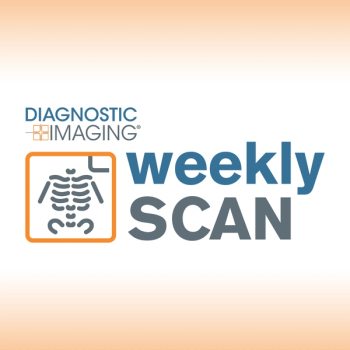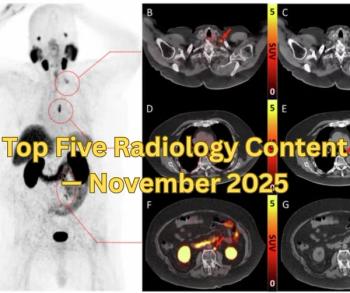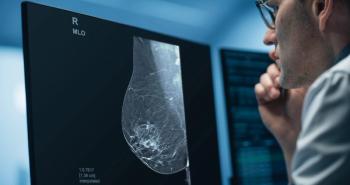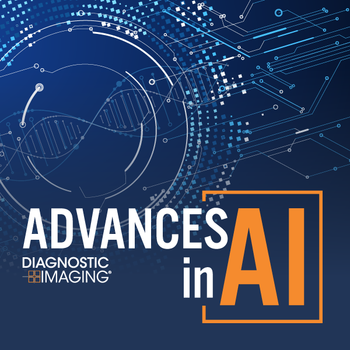
Abbreviated MRI: Guidance on Implementation for Breast Cancer Screening
How-to guidance for using abbreviated MRI as a screening tool.
CHICAGO – Breast MRI offers greater sensitivity compared to mammography when it comes to breast cancer screenings. But, it’s largely reserved for high-risk women – those with a 20-percent to 25-percent lifetime risk of developing the disease.
There’s a growing question in the industry, though, according to Christiane Kuhl, radiology professor and chair of the diagnostic and interventional radiology department at the University of Aachen in Germany, about how breast MRI can be improved and how it can be extended to women with average life-time risk.
The answer, she said, is abbreviated MRI, and she discussed guidance on how facilities can get started with the modality and use it most effectively during this year’s annual meeting of the Radiological Society of North America.
Why Abbreviated MRI?
Existing evidence already shows that screening MRI is more accurate than mammography in identifying potentially invasive cancers. Roughly 20 percent of all breast cancers go undetected during a screening mammogram, largely because they remain hidden. This is a particular danger for women with dense breast tissue. A missed diagnosis and lost time to treatment frequently leads to more advanced and aggressive disease, particularly among women of average risk, pinpointed in the next exam, she said.
But, using MRI for this reason does present challenges.
“We don’t use traditional MRI right now for screening because of the high cost and lack of availability,” Kuhl said. “Abbreviated MRI is the proposed solution to this situation.”
Abbreviated MRI offers an equivalent detection rate in a fraction of the time. Instead of an hour, a woman can receive screening in 5-to-10 minutes. In addition, instead of an out-of-pocket cost between $1,000-$1,500, the shortened exam carries a price tag of around $250.
The length of the exam also correlates to how long the chosen contrast agent is effective. Overall, she said, contrast agents can most successfully reveal cancers during the first few minutes of an MRI, so the abbreviated screening likely captures this most critical information.
Getting Started
Conducting abbreviated MRI exams does not require the latest iterations of technology, Kuhl explained, and she emphasized practices or facilities interested in implementing abbreviated MRI do not need to purchase new equipment unless they want or need to.
“If you are experienced already in breast MRI and are happy with the products you use, stick with it,” she said, “If it’s not working for you, certainly, consider other options.”
She also offered some guidance for implementing and using abbreviated MRI in practice smoothly.
At the outset, radiologists should not approach this shortened scan with the search mentality associated with mammography. Instead, any existing cancers will shine bright on the MRI. In addition, Kuhl made these recommendations for proper utilization:
- Have dedicated staff who enjoy the abbreviated MRI process on board to conduct the scans.
- Discuss any pricing issues with insurance companies as early as possible.
- Attempt to schedule four patients per hour.
- Dedicate time to talk with patients directly after the exam rather than during. Time with the patient isn’t the time they spend in the scanner.
- Have patients fill out forms to provide all their information while they wait for the scan to streamline the process.
- Have patients complete consent forms and start several IVs in a row to stay on schedule as best as possible.
- If patients have a positive finding, send them directly for biopsy. Don’t call them back for a regular protocol.
Ultimately, Kuhl said, remember the intended role for using abbreviated MRI as a screening tool.
“Do not call out everything that might possibly present ductal carcinoma in situ. That will likely end up giving you way too many false positives,” she advised. “The goal is not to find DCIS. The goal is to find invasive cancers.”
Newsletter
Stay at the forefront of radiology with the Diagnostic Imaging newsletter, delivering the latest news, clinical insights, and imaging advancements for today’s radiologists.




























